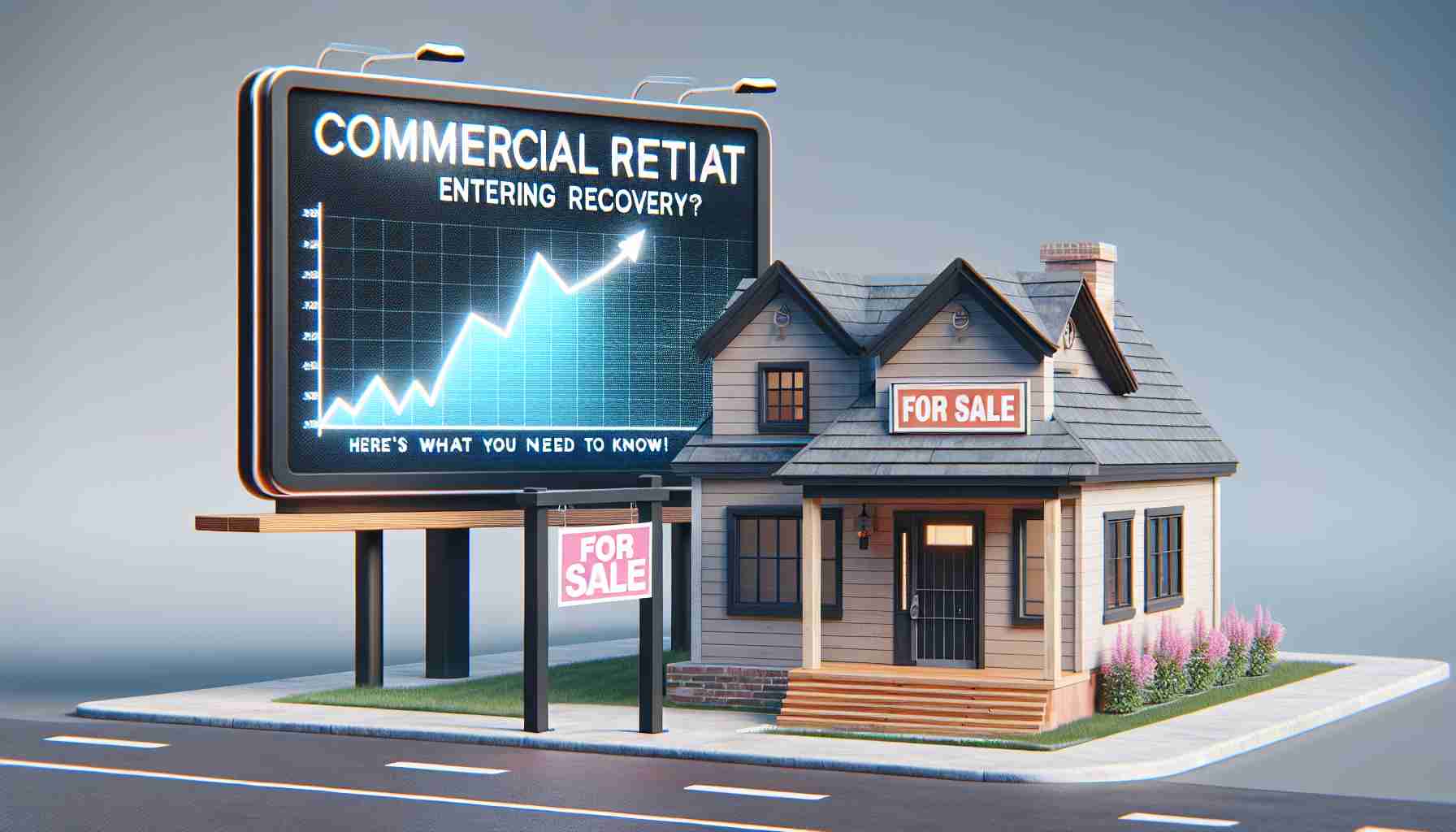Are Commercial Real Estate Prices Entering Recovery? Here’s What You Need to Know!

The commercial real estate sector is at a pivotal moment. When the pandemic hit in March 2020, the Federal Reserve implemented a remarkable strategy, slashing interest rates to virtually zero to stimulate the economy. This led to a significant surge in commercial property investments, with average prices soaring by 15%. However, many loans taken out during this period are now maturing, and a staggering $2 trillion in refinancing is on the horizon.
In 2022 and 2023, the Fed reversed course, raising interest rates sharply from near-zero levels to 5.375%. This dramatic increase curtailed commercial property purchases, erasing earlier gains and pushing prices down. Currently, average commercial property values are approximately 10% lower than the figures recorded in 2019.
Yet, there are glimmers of hope. The labor market is showing surprising strength, with 7 million more jobs since before the pandemic, alongside a 4.1% increase in wages year-over-year. This consumer spending momentum is supporting the retail sector, which is managing to keep low vacancy rates due to minimal new supply. Meanwhile, both the industrial and multifamily markets are grappling with higher supply levels, impacting rent increases.
Interestingly, some office spaces, particularly in the booming Sun Belt cities, are experiencing renewed interest. With the Fed beginning its interest rate cuts, the landscape for commercial real estate could be shifting, presenting opportunities for recovery.
The Future of Commercial Real Estate: Trends, Opportunities, and Market Shifts Ahead
### Understanding the Current Landscape of Commercial Real Estate
The commercial real estate sector stands at a crucial juncture, shaped by rapid shifts in economic conditions and consumer behavior. After the significant interest rate cuts initiated during the COVID-19 pandemic, the commercial property market experienced an unprecedented surge. However, the tide is shifting once more as the Federal Reserve raises rates, creating challenges and opportunities for investors, landlords, and tenants alike.
### Market Analysis and Trends
**Current Property Values and Pricing Trends**
As of late 2023, average commercial property values have declined by approximately 10% since 2019. This decline follows a period of explosive growth, fostering an environment ripe for negotiation and adjustment. Investors are leveraging lower prices to enter or expand their portfolios, particularly in sectors that show resilience against economic headwinds.
**Emerging Opportunities in the Market**
Despite overall declines, specific sectors are poised for recovery. The retail sector shows signs of vitality, buoyed by robust consumer spending and low vacancy rates driven by limited new supply. Innovative retail formats and e-commerce integrations are reshaping how properties are utilized and valued.
**Industrial and Multifamily Challenges**
The industrial and multifamily sectors face challenges due to increased supply levels, which are exerting downward pressure on rents. As more units come online, landlords could struggle with maintaining occupancy and rent growth, leading to a potential oversaturation in some markets.
### Highlights of the Labor Market’s Role
**Employment Growth and Wages**
The labor market exhibits surprising strength, with seven million new jobs created since before the pandemic and wage growth at 4.1% year-over-year. This rising wage trend is pivotal for consumer spending, directly impacting the retail and commercial property sectors. With more disposable income, consumers are expected to engage in higher levels of spending, providing significant support to retail spaces.
### The Shift in Office Space Demand
**Renewed Interest in Specific Areas**
Interestingly, certain office spaces, especially in Sun Belt cities, are witnessing renewed interest from businesses and employees alike. These regions are attractive due to lower costs of living and an influx of talent seeking better work-life balance. This trend suggests that the traditional office landscape may be evolving, with a potential increase in demand for flexible workspaces and hybrid office models.
### Predictions for Commercial Real Estate
With the Federal Reserve starting to indicate potential interest rate cuts, the commercial real estate market is poised for an adjustment. Investors should keep a close eye on economic indicators and consumer trends to identify optimal entry points and sectors poised for growth.
### Pros and Cons of Investing in Commercial Real Estate
**Pros**
– Potential for long-term appreciation in resilient markets.
– Opportunities in emerging sectors (e.g., retail, creative office spaces).
– Beneficial tax implications and depreciation dedications.
**Cons**
– Current market volatility could lead to risks in investment.
– Challenges due to oversupply in industrial and multifamily properties.
– Ongoing shifts in work habits may affect office demand in the long run.
### Conclusion
The commercial real estate landscape is evolving rapidly. As economic conditions fluctuate, identifying trends and understanding market dynamics will be vital for those looking to navigate investment opportunities successfully. The interplay between consumer behavior, employment, and interest rates will dictate the future course of the market. For further exploration of the commercial real estate landscape, visit Realtor.com for resources and insights.





